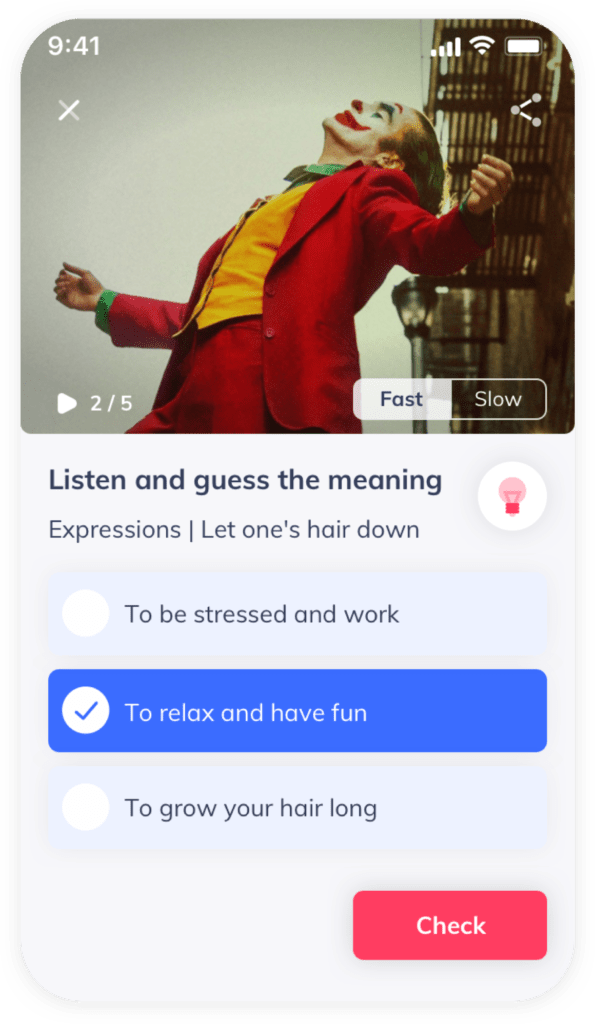Many learners of English report that they are often confused about the correct usage of the English prepositions of place In, On, At. For this reason, today’s post will try to clarify your doubts once and for all because correct grammar is important if you want to keep on improving your English.

What are Place prepositions?
These are prepositions we use to describe the place or position of any type of noun, and they generally come before the noun. The most commonly used of prepositions of place are ‘in’, ‘on’, and ‘at.
When to use In, At, On for Place
In
Is generally used to indicate that the person or thing is in an enclosed space with boundaries (a country, city, room, box etc). Check out some examples here:
What is this in my pocket?
Do you live in the city?
Alright, so where do you live in the building?
On
We usually use the preposition of place ‘on‘ to indicate
- That someone or a thing is on a surface (roof, page, door, face etc).
- To talk about physically being on public transport, ‘I was on the bus when they phoned’ (However, when we talk about means of travel we use by: I travelled by train
Some examples are:
What’s the craziest thing on the menu?
So, when you arrived on the moon
Magic mirror on the wall
At
We typically use at to refer to
- A specific point or place (corner, entrance, bus stop, home): ‘I’ll wait for you at the entrance’
- To talk about about locations at companies or place of work: ‘She works at Microsoft’.
- For college, school, university: ‘He always did well at college’
- For most shops: I bought a couple of things at the supermarket today.
Here are some more examples of the use of the preposition of Place ‘at‘:
He lives at 2820 Ocean Boulevard
One woman who works at Goldman Sachs
And I was sitting at this desk
To sum up!
| IN | ON | AT |
| An enclosed space | The surface of something | A specific point somewhere |
| In the village | On the table | At the building entrance |
| In a box | On the wall | At work |
| In the garden | On his face | At the end of the corridor |
To finish off for today, we hope that the differences between these 3 confusing prepositions of place from a long list of prepositions are clear now.
Try to use them correctly in English conversation and you will feel more confident and sound more natural.
In a future post we’ll also be looking at In, At , On as prepositions of time, so be sure to watch this space!









